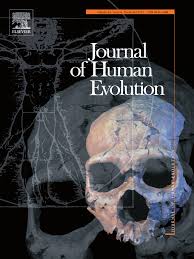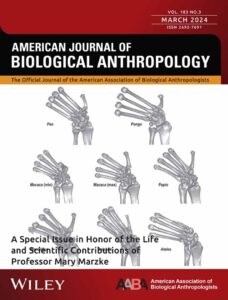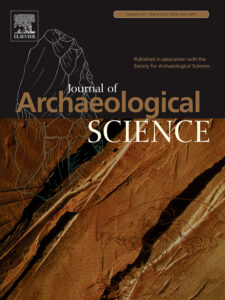
The 8th Annual Meeting of the European Society for the Study of Human Evolution (ESHE) has just taken place in Faro, Portugal, from 13th to 15th of September. These three intensive days on research on human evolution have been very interesting, and showed some great works ranging from the first direct evidence for admixture among Pleistocene hominins, to new archaeological discoveries from West Turkana (Kenya) or the Levant (Israel). The conference, held at the University of Algarve, saw several hundreds anthropologists and archaeologists from different places around the world, including Australia.

We have presented several works at this annual meeting. The first study is a preliminary analysis of the Neanderthal mandible of Regourdou 1 (Dordogne, Southwestern France), combining tooth macrowear analysis with cortical bone distribution, in order to obtain detailed information about diet and cultural habits of this Neanderthal individual.

I also collaborated at two othe projects, one that investigated the talar morphology in early and late hominins using geometric morphometrics, and the second one that looked at dietary habits in some Upper Palaeolithic humans from northeastern Italy using a multidisciplinary approach. Here below, the titles and authors of the studies presented at the 8th ESHE annual meeting:
- Fiorenza L., Benazzi S., Kullmer O., Mazurier A., Zanolli, C. & R. Macchiarelli, 2018. Dental macrowear and cortical bone thickness analyses of the Neanderthal mandible from Regourdou (Dordogne, Southwestern France).
- Oxilia G. et al., 2018. A multidisciplinary approach to Upper Palaeolithic and Mesolithic dietary habits: human adaptation to Pleistocene-Holocene environmental change in northeastern Italy.
- Sorrentino R. et al., 2018. Evolutionary timing and relationships of the talar facets: implication for hominin talus.




